”Guillaume-Thomas-François, abbé Raynal (1713-1796) was an Enlightened historian who wrote on the Dutch Stadholderate and the English Parliament. His most famous work was the 8 volume Histoire philosophique et politique, des établissements et du commerce des européens dans les deux Indes (1770) which went through some thirty editions by 1789, was put on the Index in 1774 and publicly burned. The book was found objectionable because of its treatment of religion and its advocacy of the popular right to consent to taxation and to revolt, among other things. Its sometimes incendiary treatment of the slave trade became canonical in the debate over abolition that it did much to spur.”
The discovery of America had been a mistake. At least that was certainly the conclusion of Guillaume Thomas Raynal’s first edition of ”L’Histoire des Deux Indes”, published in 1770. That was certainly the conclusion of Raynal’s first edition, in 1770, and of the second as well, published a few years later. Then came the French alliance and the triumph of the Americans. Did that persuade the Abbe to change his tune? In part, yes, but only in part; only for the English settlements in the New World. As if to flaunt his independence of the vicissitudes of history, he now, in the very year of the battle of Yorkton, made explicit what before had been implicit. In the concluding chapter he wrote:
”Let us stop here and consider ourselves as existing at the time when America and India were unknown. Let me suppose that I address myself to the most cruel of the Europeans in the following terms. There exist regions which will furnish thee with rich metals, agreeable clothing, and delicious food. But read this history, and behold at what price the discovery is promised to thee. Dost thou wish or not that it should be made? Is it to be imagined that there exists a being infernal enough to answer this question in the affirmative? Let it be remembered, that there will not be a single instant in futurity, when my question will not have the same force. ”
But even as he was penning this final chapter of his ”History” , he decided to reopen the whole question. The Academy down at Lyons had honored him with membership, and now he rewarded it by establishing a prize for an essay on the question he had already answered so conclusively. ”Was the discovery of America a blessing or a curse to mankind?” If it was a blessing, by what means are we to conserve and enhance its benefits? If it was a curse, by what means are we to repair the damage?”
But there was more here than met the eye, for no evidence exists that Raynal himself cared a fig about America. As for those who answered his question, what they cared about was clearly not the New World, hardly even the Old World, but quite simply their own world. America was merely a kind of stalking-horse for their own domestic problems. There is nothing surprising about this. Half a century later the magisterial Tocqueville was to admit that ”in America, I saw more than America”; and the phrase might serve for almost the whole body of European commentary on the New World over a period of two centuries.
Doubtless, at the beginning, the problem of America had been genuine enough. In the sixteenth and seventeenth centuries, with what wonder, what incredulity, did Europe look upon this strange new world. Where had it been all these centuries? Whay had providence seen fit to conceal it from the rest of mankind? Whence came its people, strange of color and of tongue and of faith or, stranger still, wholly lacking in faith? They were all descendants of Adam, they were all children of Noah; how, then, had they come to these distant shores? Were they descendants of rhe Canaanites, fleeing before Joshua? Were the Phoenicians who had sailed westward from Tyre and Sidon through the Gates of Hercules? Were they remnants of the lost tribes of Israel? How could one explain this new world of monsters and of wonders? How to explain the patagonian giants who were eight feet tall and could sweep aside seven Spaniards with a single swing of their arms? Or the hermaphrodites of the jungles, the Amazons, the men with one leg, the men with heads on their chests, and the men with faces of dogs? How to explain a world that was unlike any world man had ever known, people unlike any of recorded history?
In time Europe came to terms with America. The Patagonians were cut down to scale; and the hermaphrodites, the Amazons and men with heads like dogs disappeared from most accounts. In time, the conquistadors and the settlers even accepted the notion that the Indians might have souls, though they were reluctant to accept the implications of that notion. Indeed, the process of transforming degenerate natives into noble savages was already under way in the seventeenth century, and so, too was that shift in the center of interest from Spanish to English America. But these things took time.
of the frustration for Raynal and his followers could be attributed to the lack of reference points for the New World as a civilization; there was very little institutional structure which was what the Parisian upper classes associated with a society’s. The vast marasm of culture,allowed to go unchallenged, wild and free on the open range and limitless forest of a seemingly almost infinite continent; was the political equivalent of anarchy for these thinkers.The main catalyst was when the Comte de Buffon set himself to accounting for the backwardness of America. There was no scientist more distinguished and none was so imperial. Others had explained one aspect of nature or another; all nature, the earth, the skies, the seas, the animal kingdom, and the mineral world, yielded their secrets to Buffon. He was so great that when he and nature differed, Nature gave way. When he walked in his garden he could contemplate a statue of himself, and when he considered the history of science, he concluded that he and he alone, ranked with Bacon and Newton. Princes made pilgrimmages to his chateau at Montbard, in Burgundy; Jean Jacques Rousseau worshipped him as the very incarnation of Nature.
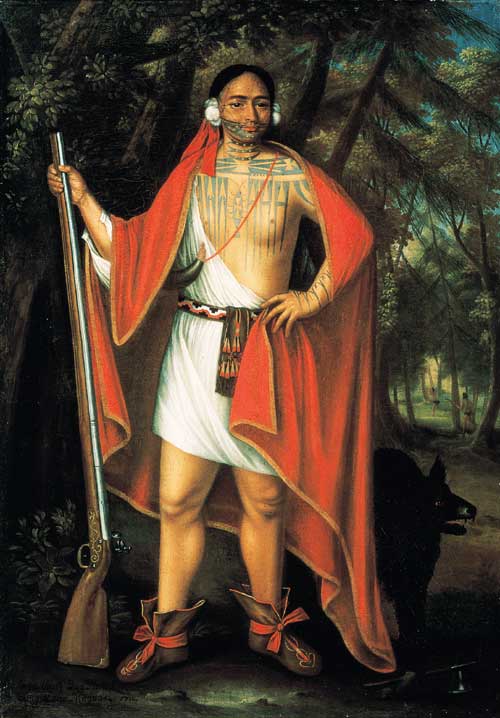
Saga Yeath Qua Pieth Tow, King of the Maquas (Mohawks) Jan Verelst, London, 1710 Oil on canvas National Archives of Canada In 1710, Queen Anne received four leaders of the Iroquois Confederacy at the royal court and, in honor of the event, commissioned portraits of the "Indian Kings."
It was in truth, a new world, Buffon maintained, for it had emerged later from the Flood than had the other continents; perhaps it had experienced a series of floods. Only now were the waters draining away from the marshes, only now was the sun breaking through the dense forests to the sorry earth below. ”In this abandoned condition everything languishes, corrupts and proves abortive. The air and the earth, overloaded with humid and noxious vapors, are unable to purify themselves, or to profit by the influence of the sun, who darts in vain his most enlivening rays upon this frigid mass”. All is miserable, nature is wretched; the new world is taken over by reptiles and insects; animal life is feeble; man himself is no exception.
”Later in the text, Buffon reported that domesticated animals imported from Europe as well as mammals common to both Europe and America had degenerated (i.e., were smaller) in the New World. He also regarded the Native Americans as a degenerated variety of humans:
“In the savage, the organs of generation are small and feeble. He has no hair, no beard, no ardour for the female. Though nimbler than the European, because more accustomed to running, his strength is not so great. His sensations are less acute; and yet he is more timid and cowardly. He has no vivacity, no activity of mind.”
Buffon reasoned that reduced stature and diversity of quadrupeds in the New World was attributable to an unfavorable climate.
Buffon never wrote that degeneration would also affect transplanted Europeans. Indeed, he expressed optimism that Europeans would transform the New World and make it extremely hospitable and productive . However, some other European intellectuals, most notably the abbe Raynal, extended Buffon’s theory of American Degeneracy to include white Americans. According to him, transplanted Europeans would continue to be plagued by the inimical continent and that they should never expect genius and so never to be disappointed. In his 1770 publication, Histoire philosophique et politique des deux Indes (Philosophical and Political History of the Two Indies), the abbe Raynal wrote:
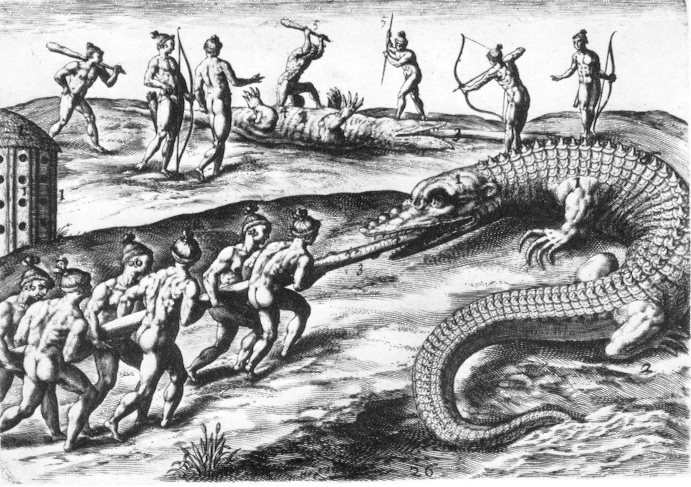
Jacques LeMoyne. ''French Descriptions: "When the creatures are hungry they come out of the water onto the islands to hunt but if they could not find anything they made a terrible noise that could be heard for half a mile. Then the guard called ten or twelve others who approached the large and terrifying creature with a long tree trunk. As it crawled towards them with its jaws open they rammed the pointed end down its throat. Because of the roughness of the bark it could not get free so they were able to twist it over and shoot arrows into its soft belly, club and spear it, then cut it open. The hard scales made its back impossible to penetrate, especially if the creature was old..."
“One must be astonished that America has not yet produced one good poet, one able mathematician, on man of genius in a single art or a single science.”
”Man is no exception” That was the principle at which this greatest of naturalists had arrived. His verdict on the American Indian also included the assertion that their hearts were frozen, the society cold, and their empire cruel. Their indifference is due to weakness, and this indifference to the sex being the original stain which ” disgraces nature, prevents her from expanding, and by destroying the germs of life, cuts the root of society”.

Jacques LeMoyne. ''French Descriptions: "The Indians, when hunting deer, used ingenuity such as we had never seen before. They fitted the skins of the largest deer that they have been able to catch over their bodies so that the deer’s head covered their own and they were able to look through the eye holes as if it were a mask. Having previously noted the time when the deer came down to the river to drink, the Indians, dressed like this, were able to approach and get really close to them without arousing their suspicions....''
There was no animus in all this . When in a few years, Buffon learned from Franklin that the English colonists had drained the swamps and felled the trees, when he studied the flora and fauna that Americans shipped over for his inspection, when he contemplated the elk that General Sullivan had sent over from the forests of Maine, and the beaver and the panther and the eagle that Jefferson had found for him, he confessed himself mistaken, and what was more, wrote a supplement to his ”Histoire Naturelle” just to make amends.


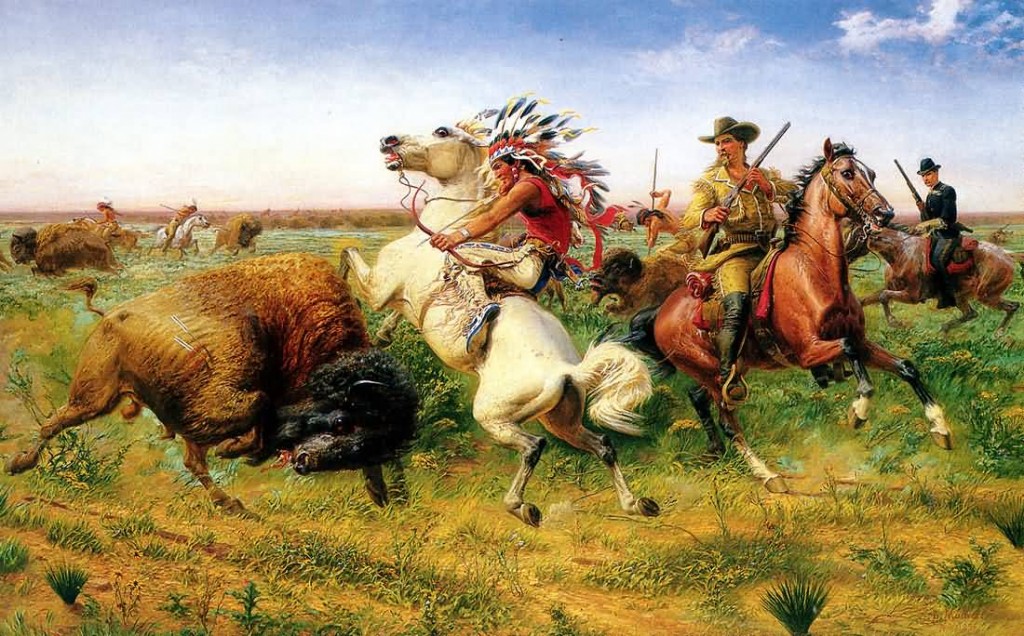
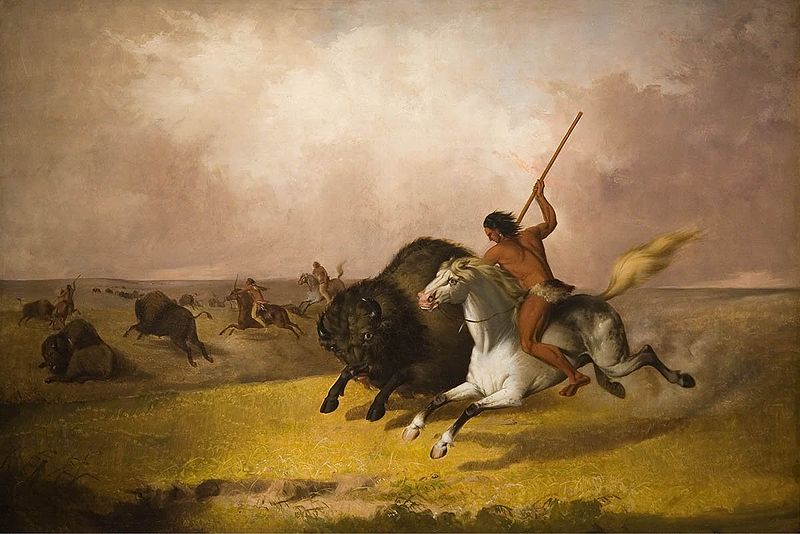

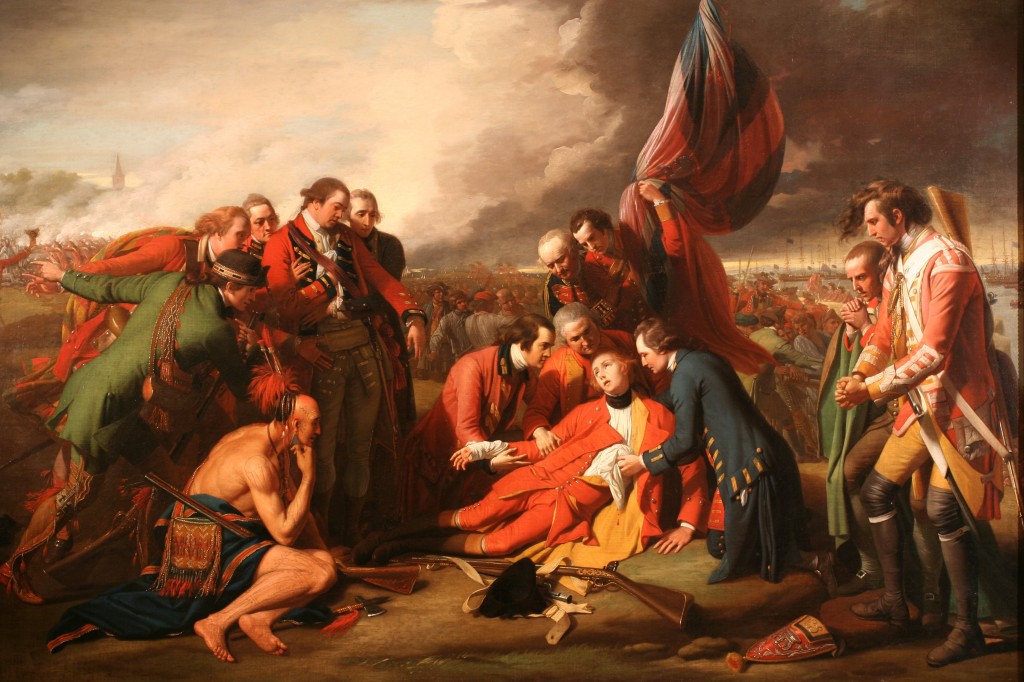
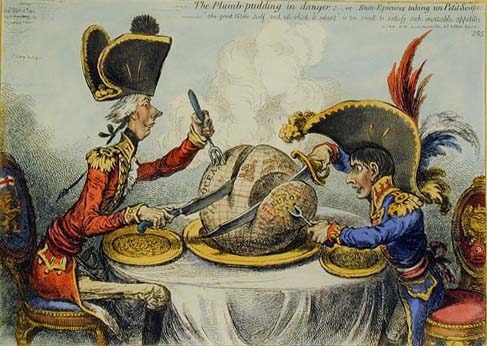

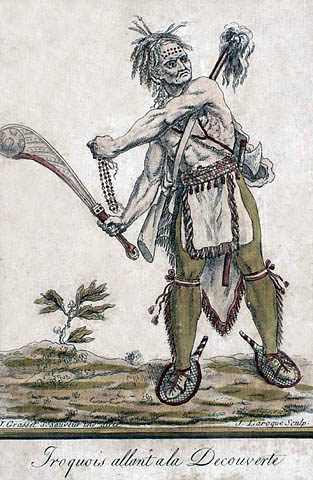




 COMMENTS
COMMENTS



